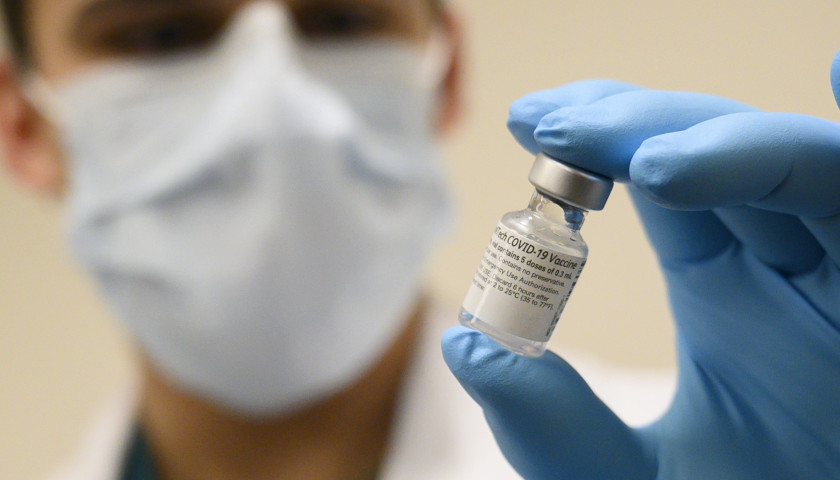Winter is ending in the Southern Hemisphere and country after country — South Africa, Australia, Argentina — had a surprise: Their steps against COVID-19 also apparently blocked the flu.
“Both seasonal flu and COVID-19 are spread by droplets and both have a respiratory impact,” explained Julie Grimes, Public Information Officer for the Virginia Department of Health.
But there’s no guarantee the Northern Hemisphere will avoid twin epidemics as its own flu season looms while the coronavirus still rages.
“This could be one of the worst seasons we’ve had from a public health perspective with COVID and flu coming together. But it also could be one of the best flu seasons we’ve had,” Dr. Robert Redfield, Director of the U.S. Centers for Disease Control and Prevention, told The Associated Press.
The two diseases have very similar symptoms, according to University of Virginia Professor of Medicine Bill Petri. “The only thing that would help with the diagnosis is a loss of smell or taste, it’s relatively specific for COVID-19.”
Petri said quickly getting tested for the flu as well as COVID-19 is important. “It’s important, when we are in cold and flu season, from November until March, that if you develop flu like symptoms, (These are going to be rapid onset of a fever, cough, and muscle aches), to get tested for flu.” Petri said patients with the flu are given one of two anti-virals, both of which are effective within 48 hours. They also reduce the chance of spreading the infection to someone else.
Petri said that like COVID-19, people with the flu are infectious for two days before they have symptoms. “That’s another reason that it’s important to be vaccinated,” Petri said. “You may think, ‘Oh, well I’ll just isolate myself if I get a flu-like symptom.’ Yes, that can work, but that won’t absolutely protect other people from getting the flu from you.”
The flu vaccine is not as effective in older people, Petri said. Petri said a higher-potency vaccine can be used for elderly people. He also said that immunizing everyone age one and older against the flu is helpful. “It lowers the risk of say, a grandchild transmitting influenza to the grandparent.”
Petri said that each year, the influenza is one of three different strains. Vaccine manufacturers try to predict which of the three main strains will be most prominent based on which one was most prominent at the end of the previous flu season. In a worst-case scenario, the influenza vaccine for a given year only protects one-third of people. Nevertheless, Petri said, “It’s a very safe vaccine and even a protection of one-third then helps to provide herd immunity.”
“For such a serious infection, if we can reduce the risk (even in a year that the vaccine is working the least well) by a third that’s still worth it. And most years [the vaccine is] doing better than that, it’s probably protecting fifty to sixty percent of people who receive it,” Petri said.
Petri said he expects that in the future, COVID-19 might have a season similar to flu season. But, he noted that COVID-19 does not mutate in the way that influenza does, making it easier for the immune system to address. Petri added, “COVID-19 vaccines can be designed in a way as to give long-lived immunity …. The thought is that you might not have long-lived naturally acquired immunity, but vaccines can be designed today to do better than mother nature essentially, to give longer-lived immunity or at the very worst, boosting the vaccine each year …. That is the one ray of hope that we won’t have flu and COVID-19 season every winter.”
“The good thing is [preventing the flu uses] the exact same things that work to prevent COVID-19. So, wearing masks, social distancing, hand washing, all of those things are going to help prevent flu as well, and that’s why I’m hopeful that we’re actually going to see a milder flu season this year,” Petri said.
– – –
Eric Burk is a reporter at The Virginia Star and the Star News Digital Network. Email tips to [email protected]. The Associated Press contributed to this report.





